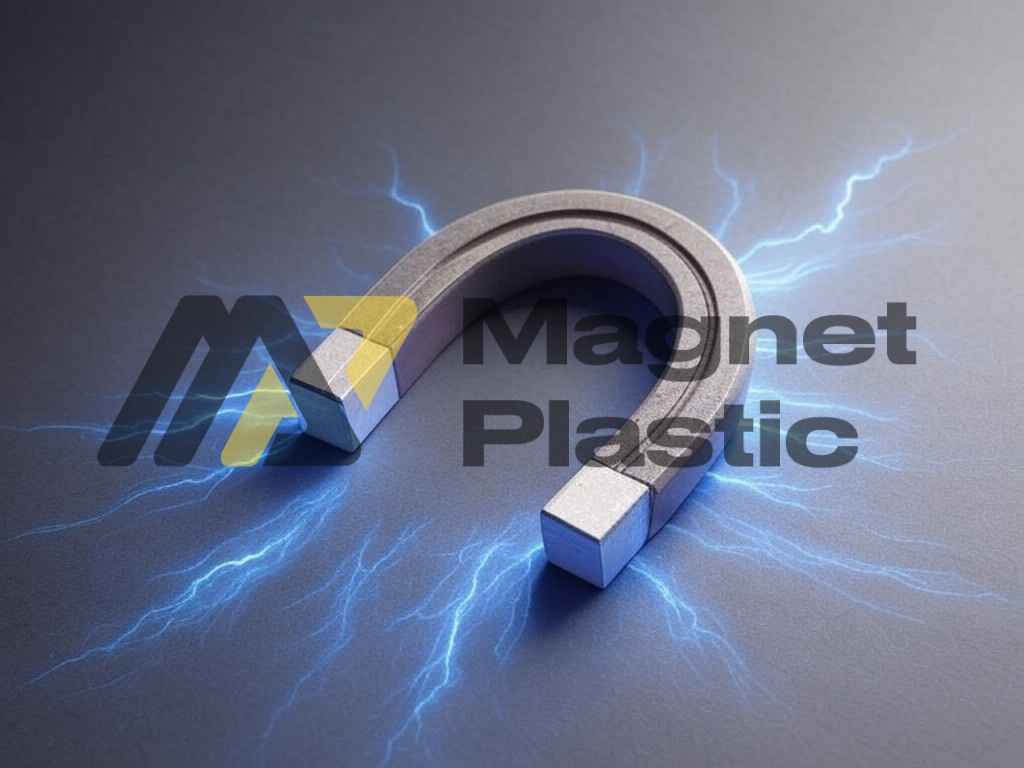The Relationship Between Magnetism and Electricity
Magnetism and electricity are two essential forces that interact intrinsically, forming the basis of electromagnetism. These forces, although distinct, are deeply interconnected through physical phenomena that have transformed modern technology. Understanding the connection between magnetism and electricity is key to taking advantage of their applications in fields such as energy, transportation, and electronics.
What is Magnetism?
Magnetism is a natural force that allows attraction or repulsion between objects with magnetic properties. This phenomenon originates in magnetic fields, which are regions of influence created by objects with magnetic charges. Magnetic fields have two poles: north and south. When a moving electric charge interacts with a magnetic field, a magnetic force is generated whose direction depends on both the direction of the charge and the orientation of the field.
How Are Magnetism and Electricity Related?
The relationship between these two forces is manifested in electromagnetism, a fundamental principle of physics. The connection between magnetism and electricity is seen when an electric current flows through a conductor, generating a magnetic field around it. This phenomenon allows magnetic objects to interact with the current, which forms the basis of devices such as electric motors and generators.
Practical Example: Electric Motors
In electric motors, the flow of current through a conductor creates a magnetic field that interacts with permanent magnets or electromagnets. This interaction produces a rotary motion, transforming electrical energy into mechanical energy. This principle is fundamental in everyday devices such as fans, household appliances, and electric vehicles.
Electromagnetic Induction: Generating Electricity from Magnetism
A key phenomenon that illustrates the connection between magnetism and electricity is electromagnetic induction. When a conductor moves through a magnetic field, an electric current is generated within it. This principle is the basis of electric generators, which convert mechanical energy into electrical energy.
Practical Example: Electric Generators
In a generator, a mechanical energy source, such as steam or moving water, spins a magnet within a magnetic field. This motion generates an electric current that is used to power homes, industries, and electronic devices.
Modern Applications of the Connection Between Magnetism and Electricity
The interaction between these two forces has given rise to advanced technologies that are revolutionizing various industries:
Magnetic Levitation: Using opposing magnetic fields, it is possible to counteract gravity and levitate objects. This technology is used in magnetic levitation trains, which reach high speeds without contact with the track, reducing wear and increasing efficiency.
Electronic Devices: Transformers, coils, and magnetic sensors rely on electromagnetism to function. These components are essential in power transmission and communication systems.
Energy Storage: Technologies such as hard drives use magnetic fields to store data efficiently.
Future Impact of Electromagnetism
The continued development of technologies based on the connection between magnetism and electricity promises innovative solutions to future challenges. From more sustainable energy sources to advancements in transportation and computing, electromagnetism will continue to be a pillar of technological innovation.
In short, the interaction between magnetism and electricity is not only a fascinating phenomenon, but also an engine of progress that drives modernity. Its understanding and application are essential to building a more efficient and sustainable future.
